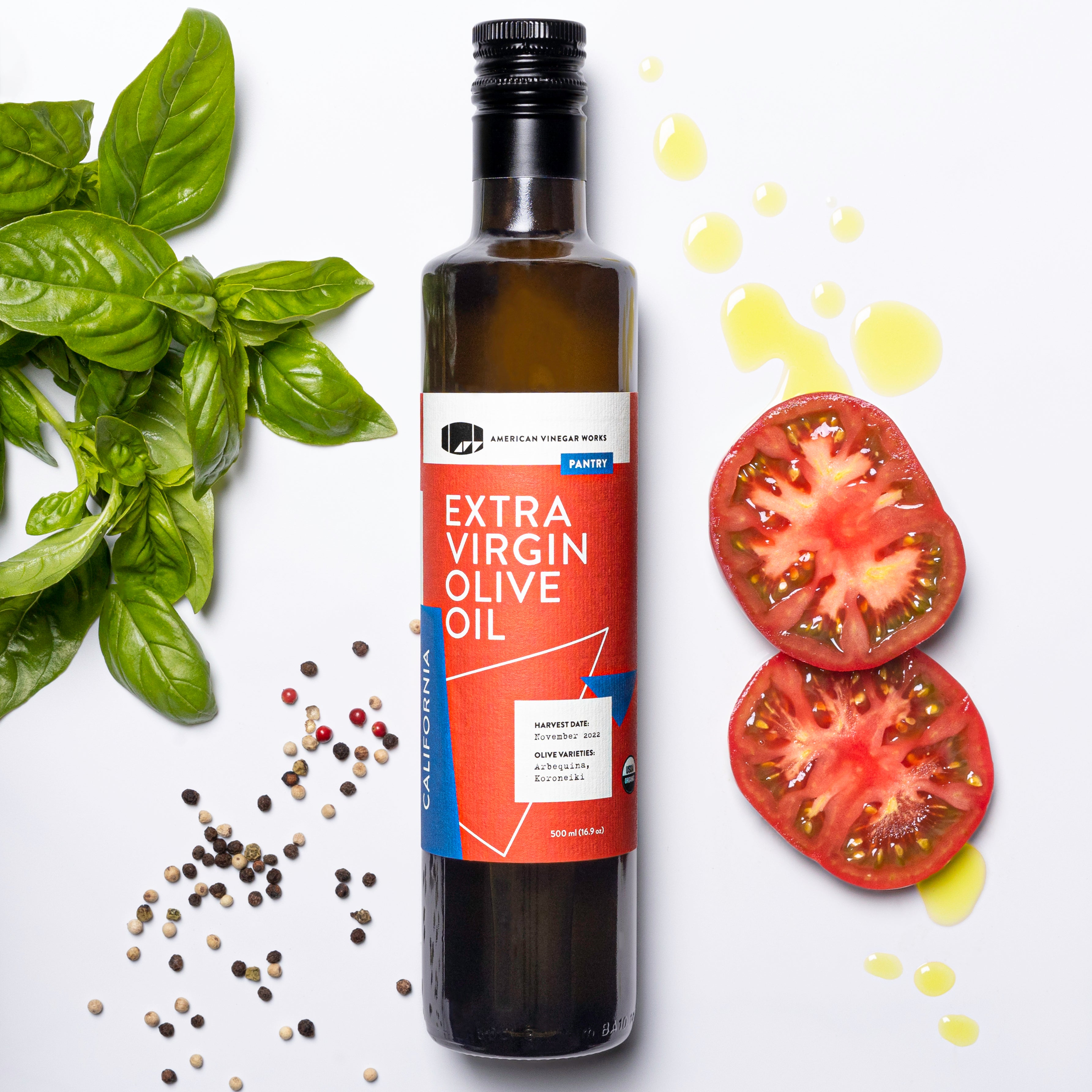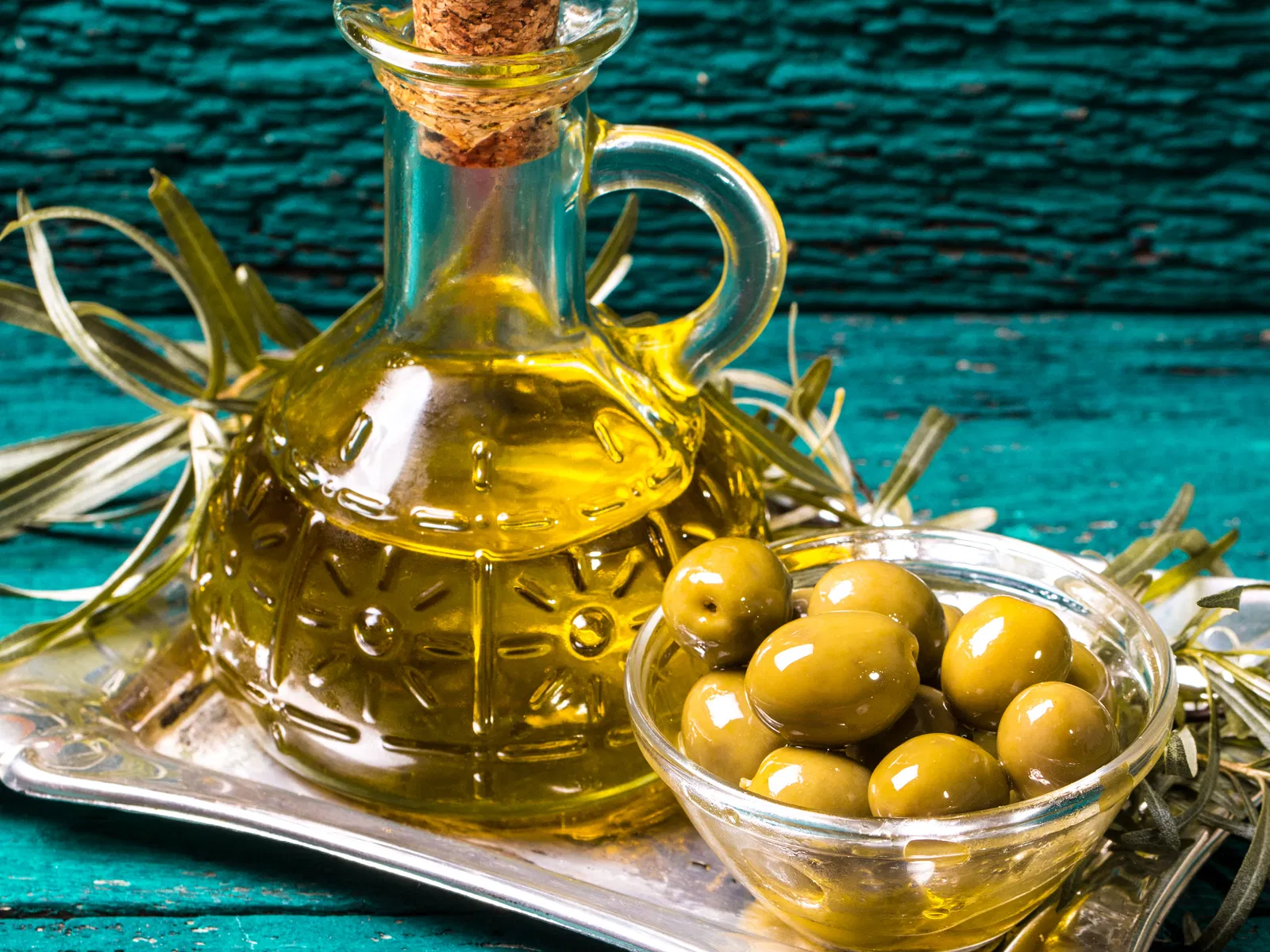Extra Virgin Olive Oil Benefits: A Powerful Antioxidant for Your Body
Extra Virgin Olive Oil Benefits: A Powerful Antioxidant for Your Body
Blog Article
The Essential Guide to Understanding Extra Virgin Olive Oil and Its Culinary Advantages
Bonus virgin olive oil stands as a cornerstone of cooking excellence, identified not only by its premium high quality but likewise by its myriad wellness benefits. This oil, drawn out from the first pushing of olives, offers reduced acidity and a complicated taste profile that boosts a diverse array of dishes.
What Is Bonus Virgin Olive Oil?
Extra virgin olive oil (EVOO) is a high-quality oil acquired from the first pressing of olives, identified by its low acidity and abundant flavor profile. This oil is taken into consideration the finest grade of olive oil, meeting rigorous standards for high quality and preference. To certify as extra virgin, the oil needs to be extracted with mechanical methods without making use of warmth or chemicals, maintaining the natural characteristics of the olives.
EVOO is commemorated for its intricate fragrance, varying from fruity to peppery, and its unique preference that can differ based on the olive range and area of manufacturing. The health benefits of additional virgin olive oil are well-documented; it is abundant in monounsaturated fats, anti-oxidants, and anti-inflammatory substances, adding favorably to heart health and overall wellness.
In cooking applications, EVOO is functional, ideal for showering over salads, enhancing the flavor of cooked meals, and working as a base for marinates. Its special taste account not just boosts recipes but also plays a vital duty in Mediterranean food, where it is a standard active ingredient. Understanding EVOO's qualities can improve cooking experiences and advertise much healthier consuming routines.
Exactly How Additional Virgin Olive Oil Is Made

At the mill, the olives undertake a rigorous cleaning process to get rid of any dirt or leaves. They are after that squashed right into a paste making use of standard rock mills or modern steel grinders. This step is essential for releasing the oil from the cells of the fruit. Following this, the paste is subjected to malaxation, where it is delicately combined to help with the splitting up of oil from water and solids.
The next phase involves centrifugation, which utilizes fast rotating to divide the oil from the continuing to be pulp and water. The resulting oil is after that filteringed system to enhance clarity and stability. Lastly, extra virgin olive oil is stored in dark glass or stainless steel containers to safeguard it from light and oxidation, guaranteeing its exceptional flavor and quality are preserved until it reaches consumers.
Health Advantages of Extra Virgin Olive Oil
What makes extra virgin olive oil a staple in healthy and balanced diet regimens around the globe? Its abundant structure of monounsaturated fats, mainly oleic acid, contributes considerably to cardiovascular health. Researches have actually shown that these healthy fats can reduce swelling, reduced bad cholesterol levels (LDL), and raise excellent cholesterol (HDL), therefore promoting heart health.
Moreover, added virgin olive oil is a potent source of anti-oxidants, consisting of polyphenols and vitamin E (extra virgin olive oil benefits). These compounds help fight oxidative anxiety and decrease the threat of persistent diseases such as cancer cells and diabetic issues. The anti-inflammatory residential or commercial properties of added virgin olive oil further improve its health advantages, making it a valuable enhancement to an anti-inflammatory diet
Study has also shown that normal usage of extra virgin olive oil might support cognitive feature and lower the threat of neurodegenerative illness, such as Alzheimer's. Furthermore, its possible function in weight monitoring, when used in small amounts, highlights its flexibility as a healthy fat source.
Culinary Uses and Applications
A keystone of Mediterranean food, extra virgin olive oil offers a wide range of culinary applications that enhance taste and boost dishes. Its abundant, nuanced preference profile makes it a suitable option for showering over salads, grilled vegetables, or baked meats, imparting deepness and richness.

In addition, it works as a necessary active ingredient in dressings, supplying a base for vinaigrettes and velvety sauces, while enhancing the total preference experience. Extra virgin olive oil can also be used as a completing oil, added simply before offering to highlight the meal's aroma and taste profile.

Tips for Choosing Top Quality Olive Oil
Picking top quality olive oil can dramatically boost both taste and health and wellness benefits in your culinary undertakings. To guarantee you select the very best product, think about the following tips.
First, try to find the classification "additional virgin" on the label. This classification shows that the oil is made from the very first chilly pressing of olives, preserving the highest degree of flavor and nutrients. In addition, look for a harvest date; fresher oils are generally much better in both taste and health properties.
Following, think about the source. Oils from areas understood for top quality manufacturing, such as Italy, Spain, and Greece, commonly yield premium items. Look for single-origin oils, as they generally offer a more genuine flavor account compared to blends.
Check out the packaging, as well. Quality olive oil ought to be saved in dark glass bottles or tins to shield it from light and oxidation. extra virgin olive oil benefits. Prevent clear plastic bottles, as they subject the oil to light, which can degrade its high quality
Conclusion
Finally, extra virgin olive oil stands as a costs this contact form oil, commemorated for its extraordinary flavor and various wellness benefits. Its manufacturing procedure, which includes cool pressing, guarantees the retention of essential nutrients and antioxidants. The varied cooking applications improve different recipes, making it a functional component. Picking premium added virgin olive oil is vital for enhancing both taste and wellness residential properties, enhancing its status as a staple in healthy food preparation and nutritional practices.
Additional virgin olive oil (EVOO) is a high-grade oil derived from the first pressing of olives, characterized by its low acidity and rich taste account.The manufacturing of added virgin olive oil starts with the mindful harvesting of olives, which are commonly this website handpicked to protect against damages to the fruit. Added virgin olive oil is saved in dark glass or stainless steel containers to secure it from light and oxidation, guaranteeing its outstanding taste and high quality are protected until it reaches customers.
In verdict, additional virgin olive oil stands as a premium oil, celebrated for its remarkable flavor and countless wellness advantages. extra virgin olive oil benefits. Choosing premium extra virgin olive oil is vital for maximizing both taste and health and wellness homes, reinforcing its standing as a staple in healthy and balanced Learn More cooking and dietary techniques
Report this page